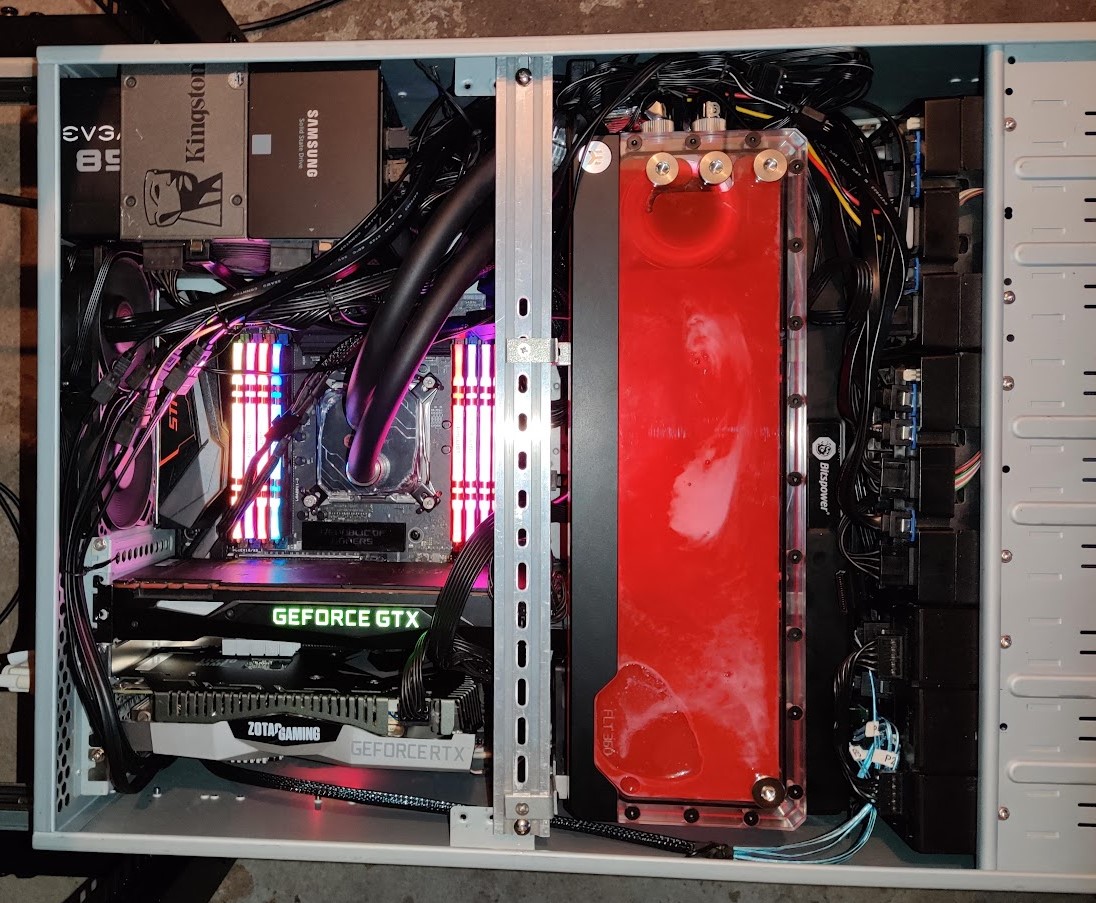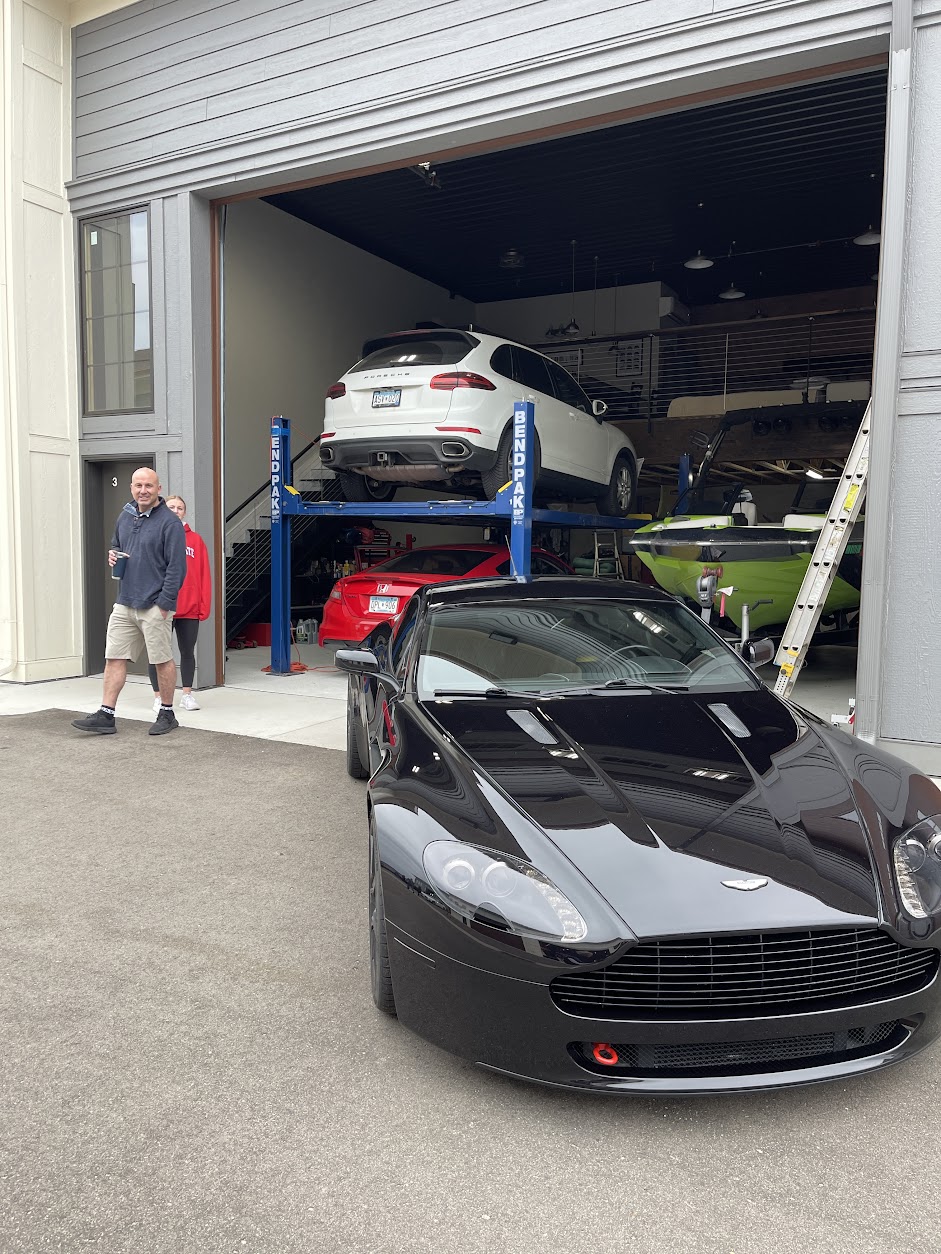
Gesture Recognition
Gesture Recognition using SIFT Feature Matching
One of the final projects I completed as part of my University of Minnesota coursework was OpenGesture, a hand gesture recognition system with the goal of being operable on any home user computer. To accomplish this goal, myself and another member of the class used the Scale-Invarient-Feature-Transformation (SIFT) feature matching algorithm to match images captured by the user’s webcam with images used by the user to set a gesture. This had the advantage of allowing the user to create virtually limitless gestures, including those that involved objects, facial expressions and more.
We chose SIFT feature extraction due to its relatively lightweight approach to gathering features for matching, allowing it to run without the help of a GPU or dedicated image processing hardware.
To see the report and github repository visit one of the links below.











